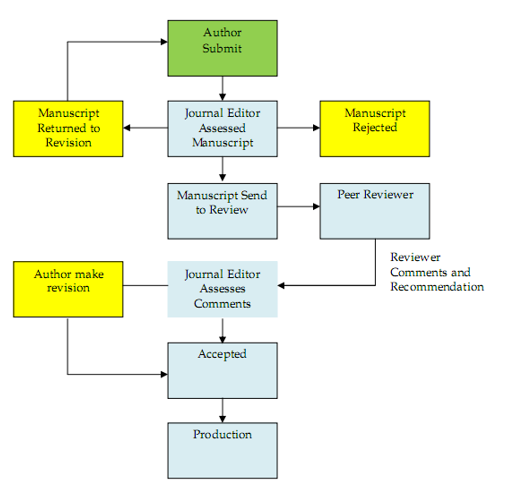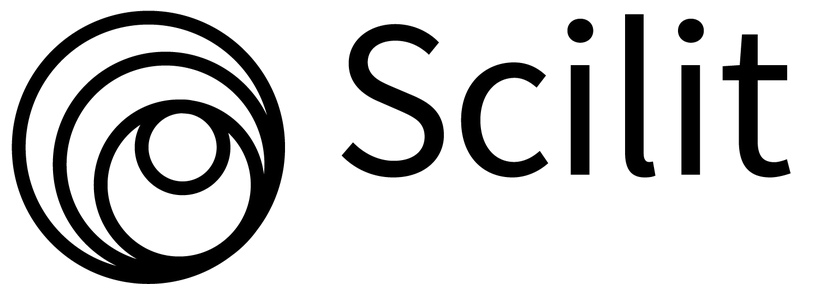| ..::: QUICK MENU :::.. |
| Focus and Scope |
| Peer Review Policy |
| Open Access Statement |
| Plagiarism Screening |
| SOP of management in Manuscript |
| Article Processing Charge (APC) |
Peer Review Policy
What is peer review?
Peer review is the system used to assess the quality of a manuscript before it is published. Independent researchers in the relevant research area assess submitted manuscripts for originality, validity, and significance to help editors determine whether a manuscript should be published in their journal.
Peer Review Process
Manuscripts will undergo a very stringent double-blind peer-review process, where both the identities of authors and reviewers remain undisclosed in order to guarantee the highest quality of the journal. All manuscripts (except for Editorials, Commentaries, and Book Reviews) will be sent out for review and at least two review reports per manuscript will be collected.
How does it work?
When a manuscript is submitted to a journal, it is assessed to see if it meets the criteria for submission. If it does, the editorial team will select potential peer reviewers within the field of research to peer-review the manuscript and make recommendations.
There are two main types of peer review used:
Single-blind: the reviewers know the names of the authors, but the authors do not know who reviewed their manuscript unless the reviewer chooses to sign their report.
Double-blind: the reviewers do not know the names of the authors, and the authors do not know who reviewed their manuscript.
Why do peer review?
Peer review is an integral part of scientific publishing that confirms the validity of the manuscript. Peer reviewers are experts who volunteer their time to help improve the manuscripts they review. By undergoing peer review, manuscripts should become:
More robust - peer reviewers may point out gaps in a paper that require more explanation or additional experiments.
Easier to read - if parts of your paper are difficult to understand, reviewers can suggest changes.
More useful - peer reviewers also consider the importance of your paper to others in your field.
Peer Review Speed
Step 1: Submission
Step 2: Initial Review Editor (1-2 Weeks)
Step 3: Peer review (2 - 4 Weeks)
Step 4: Final Decision (1 Week)
Step 5: Revision (2 – 4 Weeks)
Step 6: Production (Layout and dan Proofread, 1-2 Weeks)
Step 7: Online
Decision
After being reviewed, there will be four kinds of editor decision based on reviewers’ recommendation:
Accept Submission: The submission will be accepted without revisions.
Revisions Required: The submission will be accepted after minor changes have been made.
Resubmit for Review: The submission needs to be re-worked, but with significant changes, may be accepted. It will require a second round of review, however.
Decline Submission: The submission will not be published in the journal.
Source:
This page adapted from Biomed Central









